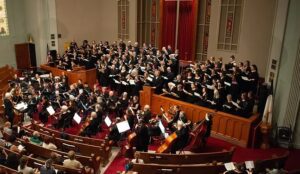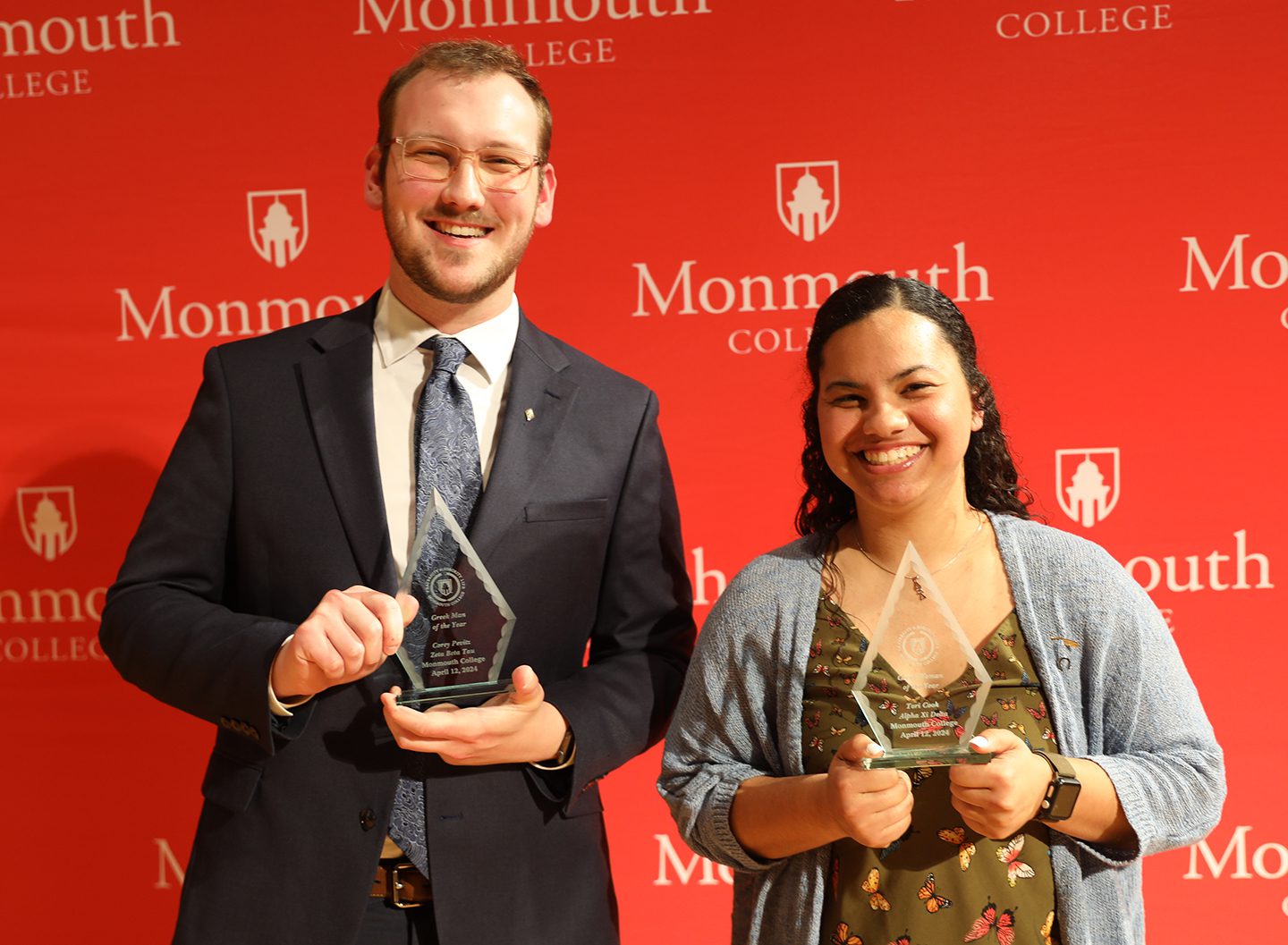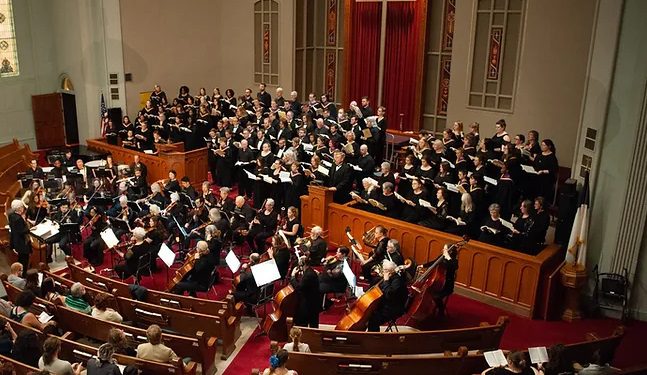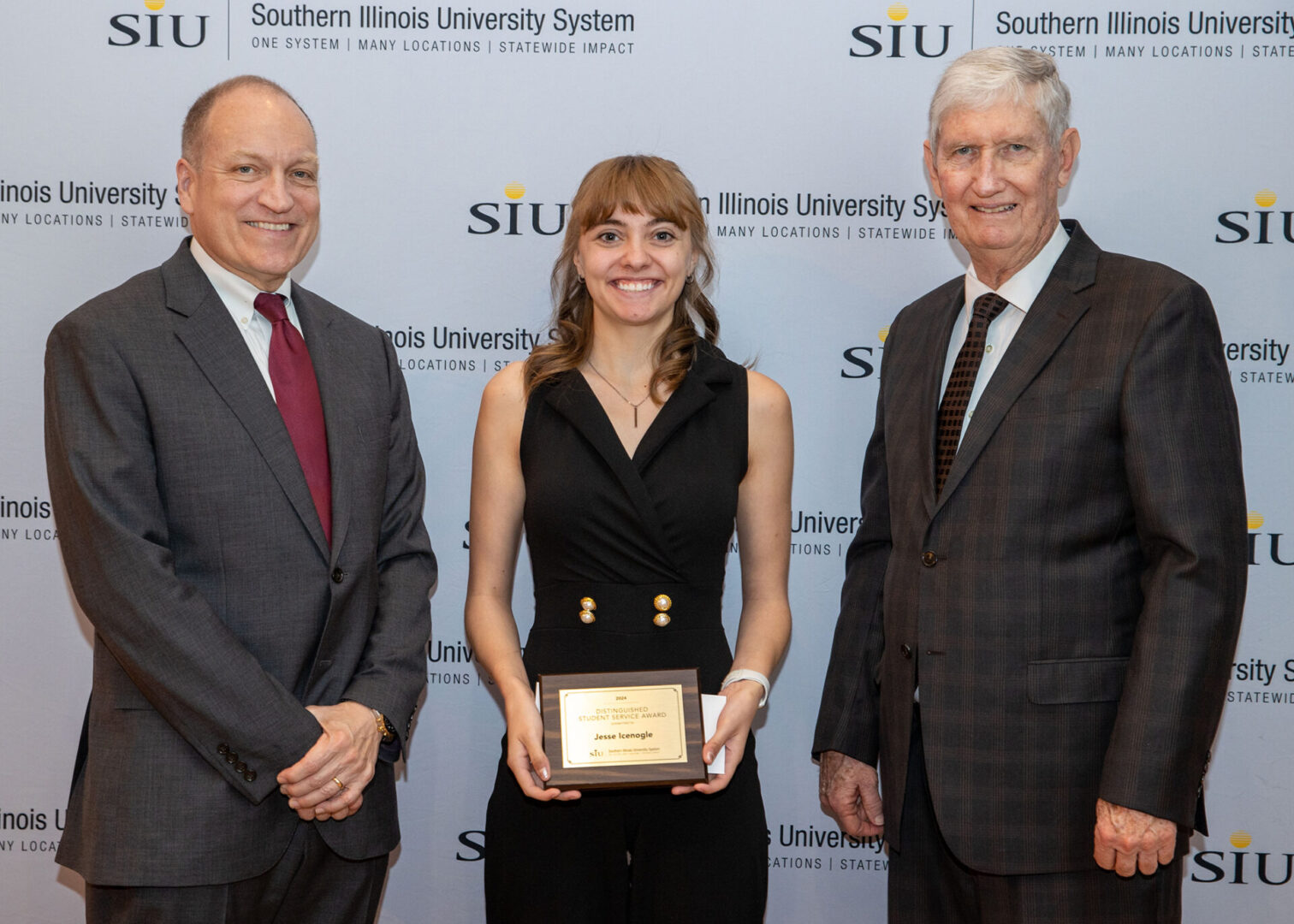WARREN COUNTY LIBRARY GREW STEADILY THROUGH PHILANTHROPY
Monmouth is known for some firsts—the founding of the first collegiate women’s fraternity, the first commercial production of kibbled dog food and the earliest Illinois airport that has remained in continuous operation. It also boasts the first building in Illinois given for a people’s library
The original building, which today houses the Buchanan Center for the Arts, was constructed as a public library building in 1870 by William P. Pressly. A hard-working and frugal dry goods merchant, he built two stores on the first floor of the building to provide rental income for the library, one of which he rented for his own store room.
Library patrons would access the second-floor reading room by climbing the steep stairs between the two stores, and that fact would play prominently in the construction of the current library building.
By the 1890s, the board of directors had become concerned about the risk of fire to the Pressly building, which stood next to the one-story frame building known as the Candy Kitchen and next to that the McQuiston bookstore building, which had been built as a drug store in 1843 and was not up to modern codes. A 1904 fire in the brick building north of the reading room increased their concern.
Over his lifetime, Pressly had donated an aggregate of $25,000, including the purchase of the lot immediately south of his building, where the current library stands. The library board was therefore hesitant to make any major changes while Pressly, who was aged and infirm, was still alive. The board did, however, purchase the Candy Kitchen property when it became available in 1901.
Upon the death of Pressly at age 94 in 1905, a movement to construct a new library building began in earnest. It was initially believed that funding would come from the estate of Henry Tubbs of Kirkwood, the wealthy former president of the National Bank of Monmouth who had been a member of the library board from 1870 until his death in 1899. In the final year of his life, he had indicated a desire to leave a large part of his estate to the library.
In 1906, Tubbs’ descendants formally offered to donate $40,000 toward a new building, but with two conditions—an additional $10,000 would have to be raised in matching funds, and the new library would have to be built at the corner of East Broadway and South Second Street, where the First Methodist Church now stands. As tempting as that offer was, the board decided that the public had recently been solicited enough; plus, the library had a longtime policy of slow growth through careful management in lieu of fundraising, so the Tubbs estate was politely refused.
Another disadvantage of the Tubbs proposal had been that it would separate the old library building from the new building. But fate would solve that problem. A 1906 fire in the law office of Melvin Kidder on the second floor of the old McQuiston building next to the Candy Kitchen caused the owner to decide it was time to rebuild. He approached the library board with a proposal to sell the west half of his lot to the library with the agreement that it would become part of his new building. The board embraced the idea and decided to connect the original library building to the new McQuiston building with a brick archway that would lead to an entirely new reading room, 50 x 55 feet, west of the McQuiston building. On the east side of the arch, facing the square, would be two two-story retail buildings that the library could rent for income, while the back of one of the ground-floor buildings would house the library stacks.
In 1898, the library had come into possession of a bequest from the late Sarah Billings Simmons, which included a farm in Iowa, store buildings on the north side of the Public Square and four building lots on East First Avenue at Fourth Street. For 30 years, Mrs. Simmons had been a regular patron of the library, but struggled to climb the stairs to the second floor. Following the death of her son, Mark Billings, in 1884, she wrote a new will, giving the bulk of her estate to the library for a new building, provided it would be one story in height and named in her son’s memory.
Through careful management, the library board gradually increased the Billings gift from $14,000 to $21,000, and decided to use that as the down payment for the new building, borrowing the remainder against the endowment. A request went out for architectural proposals; with the renowned Peoria architect Herbert Hewitt the first to submit a design. (He had recently submitted the winning design for the new Carnegie Library at Monmouth College.)
In the end, Galesburg architect N.K. Aldrich was awarded the contract, and A.N. Cochran of Monmouth was selected as contractor. Work began in June 1907, and by October, all the exterior work had been completed. By this time, pressed brick had become a popular building material, so the original library building was faced with a veneer of pressed brick to match the new McQuiston building. Thus, the brick archway entrance to the new reading room and the buildings on either side presented a coherent appearance as a grand new structure.
While the original plan had been for the library to continue to use the old reading room, the rapid growth of two Monmouth businesses caused the library board to embrace a new strategy. The E.B. Colwell dry goods store on South Main needed more space, so it terminated the lease of the Maple City Cigar Company, which rented rooms for retail and manufacturing. The cigar company decided to close its retail business and move its factory to the former reading room on the second floor of the old Pressly building. This would provide additional rental income for the library and put all the library functions on the first floor.
On Jan. 30, 1908, the library moved to its completed new quarters, which was well lighted and contained four large skylights. To insure quiet in the reading room, a window was installed by the librarian’s desk where books could be called for, without having to enter the room. The most commonly requested books were stored on shelves behind the librarian’s desk, while additional rooms were provided upstairs for storage of other volumes.
A plaque recognizing an endowment by John D. Thompson, who had made it rich in the California gold fields, was affixed over the librarian’s desk, as was an oil portrait of William Pressly, which hangs in the library today.
An additional “first” would occur 13 years later. In 1919, the Illinois legislature passed a law allowing any county in the state, by a majority vote of its citizens, to authorize the levy of a tax to support a county library system. In a special election in September 1920, the citizens of Warren County overwhelmingly voted to support a library tax. Thus, Warren County became the first in the state of Illinois to establish a free public library.
For Maple City Memories, I’m Jeff Rankin.














